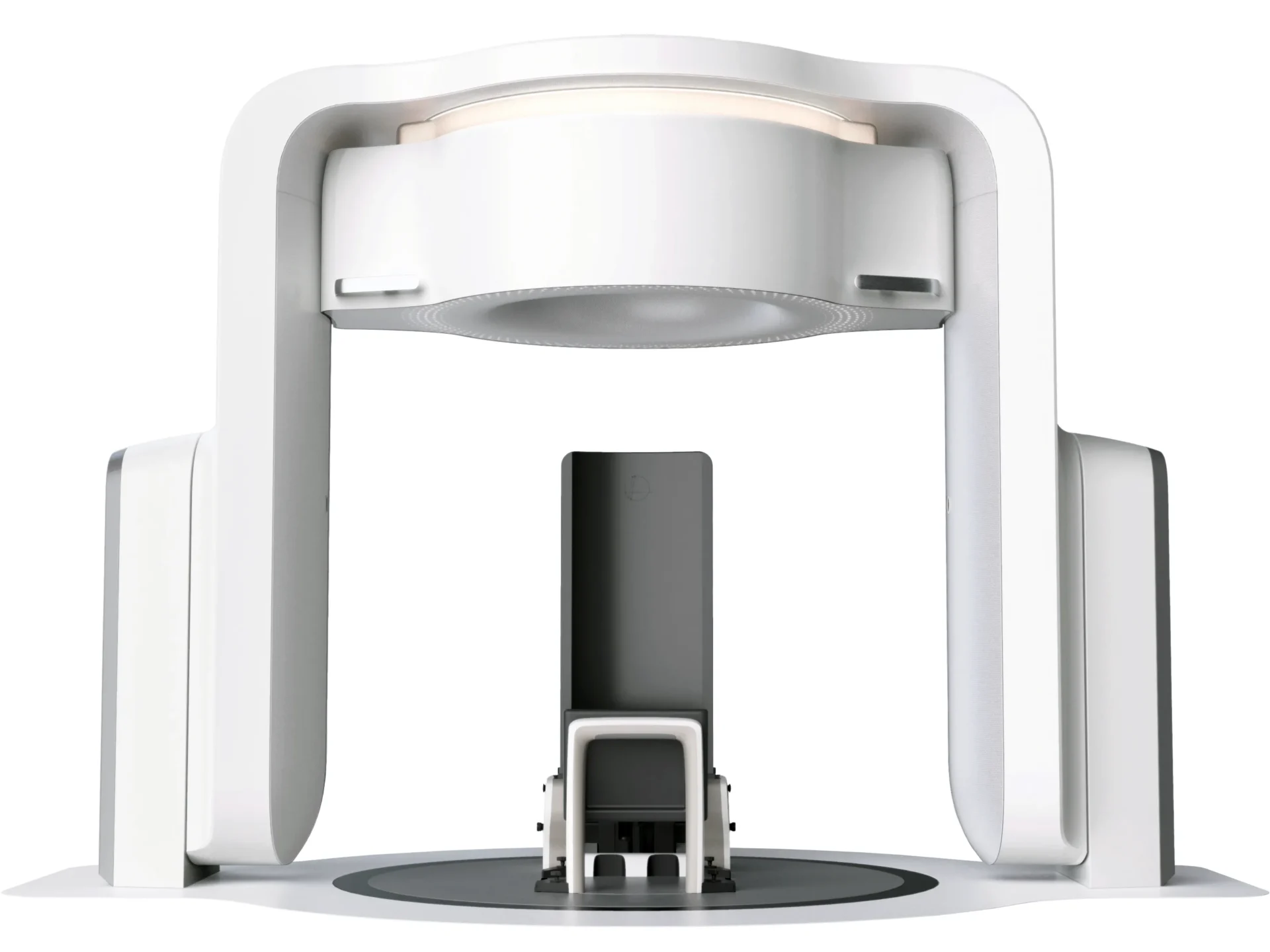Triple Ring’s AI & Advanced Imaging experts ensure market success and long-term value for your medical imaging products.


Physics-based AI unlocks medical imaging potential
In competitive healthcare markets demanding advanced imaging, differentiation is hard to achieve. Integrating AI into imaging platforms improves performance and better serves customers without costly hardware upgrades. Triple Ring’s know-how and rare capabilities streamline the design of complex AI-enabled products. Our expert teams of physicists, software and advanced imaging engineers have the knowledge and experience to unlock AI’s potential and keep your products at the cutting edge.
Full-spectrum product design for AI-enabled advanced imaging

Triple Ring’s team of technology and product developers build cutting edge hardware, software, electronics, and physics-based algorithms to strict standards, including ISO13485. We integrate AI into any mode of advanced imaging from MR and X-ray to ultrasound, Raman, and autofluorescence. Partnering with Triple Ring provides access to industry-leading talent and dramatically shortens time to market, allowing you to focus on growth and profitability.
Partner with us to address challenges such as:
— Limitations in experienced talent and focused resources
— AI integration with capital equipment
— Accelerating time to market
— Innovation gaps



Bridge the gap between potential and success
Expertise at the ready
Gain Just-in-Time access to world class, PhD-level expertise and seasoned professionals who have walked in your shoes.
Speed to market
Realize product revenue and grow market share faster with Triple Ring. Our teams bring depth and breadth of expertise, a well-established supply chain, and support throughout the product lifecycle.
Risk sharing
Triple Ring puts skin in the game when developing innovative products. Through fixed-bid engagements and other risk sharing structures, we seek close alignment with our clients at every stage.
FAQ
Advanced Imaging is a set of specialized technologies and techniques used to capture high-resolution, detailed, and often three-dimensional images of biological structures, objects, or materials. In healthcare these methods go beyond conventional imaging to provide deeper insights and more accurate visualizations in modes like MRI (Magnetic Resonance Imaging), CT (Computed Tomography), PET (Positron Emission Tomography), SPECT (Single Photon Emission Computed Tomography), Ultrasound, and Raman. Advance Imaging products require multidisciplinary teams to design and develop, particularly when AI is integrated. Triple Ring’s AI & Advanced Imaging team has deep expertise in the creation of Advanced Imaging devices from fundamental physics to design, development and support of products on market.
AI integrated with Advanced Imaging is revolutionizing the field of medical imaging by enhancing the accuracy, efficiency, and capabilities of imaging techniques. AI in the form of Machine Learning has been successfully applied to fundamental techniques like image enhancement, reconstruction, segmentation, and classification. AI is also having impacts on clinical workflows like diagnosis, predictive modeling, real-time analysis, automated image annotation and reporting. Combining AI and Advanced Imaging offers great potential for early diagnosis, personalized treatment, and better patient outcomes in both clinical and research settings.
Physics-based AI refers to the integration of physical principles and models with artificial intelligence (AI) techniques to improve predictions, simulations, and understanding of complex systems. By combining the strengths of traditional physics-based models and algorithms with the flexibility and adaptability of machine learning (ML) and AI, we now engineer more accurate, interpretable, and efficient solutions for clinical medicine and healthcare.
AI and Advanced Imaging draw upon a broad range of scientific and engineering disciplines requiring expertise in both the foundational principles of imaging, biology and medicine and in the computational methods used in AI. A list of disciplines that are commonly involved in Advanced Imaging product development for the healthcare industry, and some of their key tasks include:
— Applied Physics – Optics, photonics, radiation, acoustics
— Computer Science/AI – Data science, ML, computer vision
— Mathematics – Linear algebra, statistics, numerical methods
— Electrical & Computer Engineering – Signal processing, image reconstruction, hardware design
— Mechanical Engineering – Optomechanics, robotics, gantries, housings, packaging
— Biomedical Engineering – Medical imaging, sensor development, application development
— Clinical Medicine and Industrial Design – Workflows, user interfaces, human centered design
It is possible. Together.
Developing new technology is inherently difficult and risky. As a co-development company, we strive to be a trusted partner, not simply a consultant. We structure projects to meet the business needs of our clients, and we often share risk.